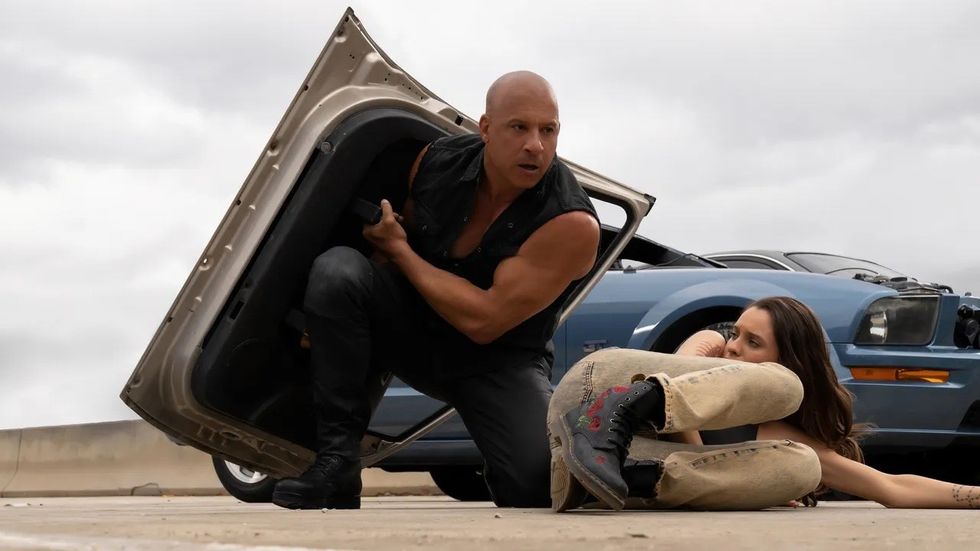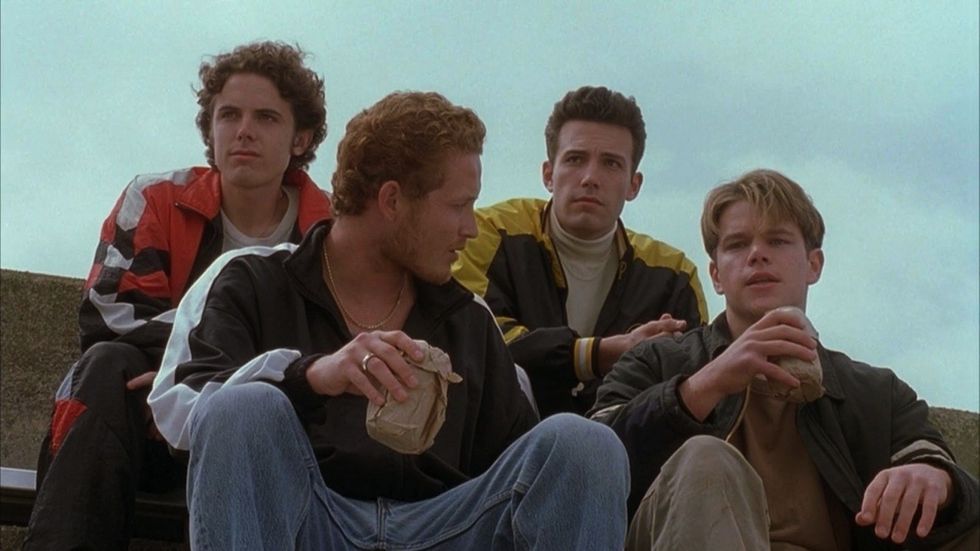
When you write as much as I do, there are times when you just feel like you’re at your wit’s end. You can’t figure out a story beat or maybe there’s a plot device that’s not working out.
Those moments are when I like to shake things up and try stuff I would never do in order to solve the story problem.
Outside-the-box writing exercises for screenwriters specifically aim to sharpen skills such as dialogue, scene construction, and visual storytelling.
I talked to a few friends, did some research, and tried to assemble what I believe to be some great ways to just stir up emotions inside you and fight the good fight in writing.
Let’s check them out together.
Writing Tip: 5 Minute Writing Exercise
www.youtube.com
1. Silent Scene

When the going gets tough, I like to write a scene without dialogue that conveys a character’s emotions and the story through action and visuals alone.
These actions can break a scene and also can take the pressure off writing dialogue. You focus on what works in the story and what does not.
2. Reverse Engineering

Take a scene from your favorite movie and do your version of it. Take your characters and put them in the same situation. How do they react? Use some pastiche and make it your own.
3. Character Swap

Maybe you’re telling the scene through the wrong characters’ eyes. Take the scene that has you struggling and look at it from a different point of view.
4. Cinematic Themes

What themes are in your story? Write a few lines about why you believe in them and what you want to tell the world about them. If you understand the themes more clearly, maybe they can inform scenes you should have that explicitly show them.
5. Prop Challenge

Choose a random object and write a scene where the object plays a central role in the story, revealing character or advancing the plot. Make that prop the center of the scene, like the hammer is in Oldboy.
6. One Location, Many Stories

Write multiple short scenes that take place in the same location but each tells a different story or is from a different genre.
7. Genre Blender

Write a scene and then rewrite it in several different genres. For example, a romantic scene is rewritten as horror, sci-fi, or comedy.
8. Dual Dialogue

Craft a scene where characters say one thing, but their subtext and actions convey the exact opposite. Sometimes this will open up a whole new set of motivations.
9. Play With the Mundane

Take a mundane, everyday activity and write it as the most exciting and high-stakes scene possible. Can you add drama to washing the dishes or mowing the lawn?
10. Restrict Yourself

Write a scene with a restriction that forces creativity, such as no characters can enter or leave, or the entire scene must be one continuous shot.
11. Take a Private Moment

Write a scene where we see a character alone, doing something they would never do in front of others, revealing their true self. Just give them that small scene who shows who they really are on the inside.
12. Unseen Main Character

Write a scene where the main character is talked about by others but never actually appears on screen. What do people say behind their back? How do they frame them?
13. Flashbacks

Write a scene that starts as a flashback and then transitions into the present in a way that changes the context or meaning of the initial scene.
14. A Character Interview

Write an interview with your protagonist or antagonist. How do they respond to deep or unexpected questions? What happens when the questions get harder?
15. Score Your Scene

Listen to a piece of instrumental music and write a story that you think fits the mood of the music. Then score the scene you’re working on the song. Let the beats match up and see where that takes you.
The key to honing your craft as a screenwriter lies in continually challenging yourself with new exercises that push the boundaries of your creativity and skill.
By stepping outside the conventional confines of character development, dialogue, and plot structure, you open yourself up to a world of inventive storytelling possibilities.
Now you have the tools, it’s time to get writing!
Author: Jason Hellerman
This article comes from No Film School and can be read on the original site.
